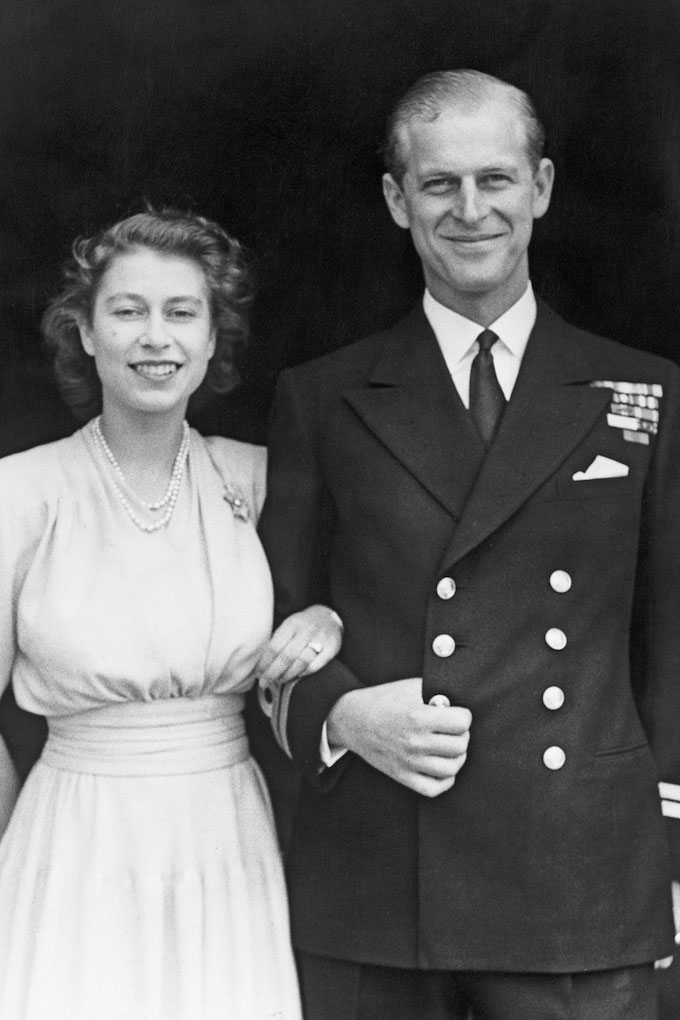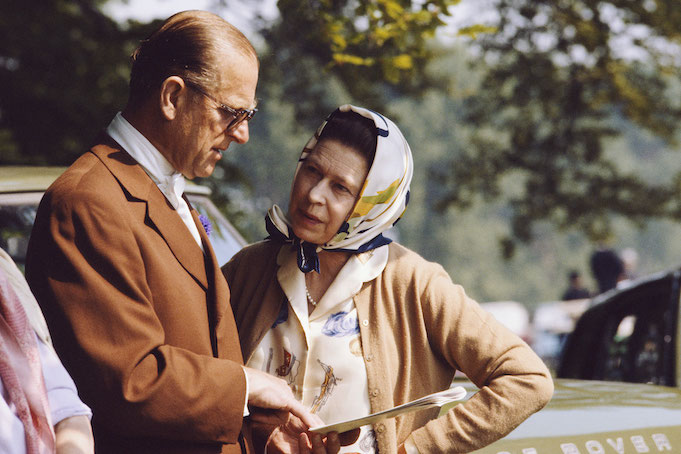Prince Philip, Duke of Edinburgh and husband of Queen Elizabeth II, has died, Buckingham Palace confirmed on 9 April 2021. He was 99 years old. The Duke’s death comes just five months after the couple’s 73rd wedding anniversary, and after he was admitted to King Edward VII’s Hospital, London, on 16 February as “as a precautionary measure”. He left hospital on 16 March.
A statement from Buckingham Palace said: “It is with deep sorrow that Her Majesty The Queen announces the death of her beloved husband, His Royal Highness The Prince Philip, Duke of Edinburgh. His Royal Highness passed away peacefully this morning at Windsor Castle.

A former naval commander, the Duke was celebrated for his work with young people, his long-held passion for engineering and environmental conservation, and his wry, unfiltered sense of humour. He referred to himself as the “world’s most experienced plaque unveiler”—and to the Queen, affectionately, as “Cabbage”.
The Queen is set to enter into an official period of mourning, believed to last eight days, during which affairs of state will be put on hold. After 30 days, she is expected to resume public duties.
The Duke was born in Corfu, Greece, on 10 June 1921 to Prince Andrew of Greece and Denmark and Princess Alice of Battenberg. When he was 18 months old, his uncle, King Constantine I of Greece, abdicated the throne amid political instability. The young prince fled to England with his family aboard a naval ship; he was reportedly carried aboard in an orange crate.
The Duke joined the Royal Navy in 1939 as a cadet. His military service included escorting convoys in the Indian Ocean during the second world war. He rose through the ranks and was promoted to Commander in 1952.

During that time, he began a courtship with a young Princess Elizabeth. In order to secure her hand in marriage, he adopted the anglicised version of his family’s name, Mountbatten, became a naturalised British citizen and renounced his Greek royal titles. They wed on 20 November 1947 at Westminster Abbey, London, and he took the title of Duke of Edinburgh.
Once the Queen ascended to the throne in 1952 after the death of her father, King George VI, the Duke focused his attention on charitable work. Perhaps his most significant philanthropic legacy is the Duke of Edinburgh’s Award, a scholarship programme supporting young people in the UK and beyond, which he founded in 1956 and remains active today.
He also championed environmental causes, serving in various leadership roles at the non-profit World Wildlife Fund for several decades. The Duke was also an avid outdoorsman who enjoyed the fittingly royal pursuits of polo and carriage driving. He was a licensed pilot, and according to the Palace, was the first member of the royal family to fly out of the Buckingham Palace garden in a helicopter.
While he undertook more than 22,000 public appearances and made nearly 5,500 speeches, the Duke seemed to particularly relish time spent with engineers—“Everything that wasn’t invented by God was invented by an engineer,” he said in a 2016 BBC radio interview. A senior fellow of the Royal Academy of Engineering, he touted such work as crucial to accommodating the planet’s burgeoning human population. Not all of these engagements were exactly seamless, however. The Duke was renowned for saying whatever came to mind, resulting in a back catalogue of one-liners that often caused controversy.

Interest in the Duke’s personal life was revived by the Netflix drama The Crown, which debuted in November 2016. The show chronicles the life and reign of the Queen (played by Claire Foy in series one and two, and Olivia Colman in series three and four) and Prince Philip (played by Matt Smith in the first two series, then Tobias Menzies in the latest two)
In May 2017, the Palace announced that the Duke would retire from royal duties that summer. In June, he was admitted to King Edward VII’s Hospital in London for an infection arising from a pre-existing condition and was allowed home two days later. He was admitted again in December 2019, where he remained for a few days before Christmas that year.
In addition to the Queen, the Duke is survived by a large extended family, including the couple’s four children: Prince Charles, Prince of Wales; Princess Anne, Princess Royal; Prince Andrew, Duke of York; and Prince Edward, Earl of Wessex. He has eight grandchildren, including Prince William, Duke of Cambridge, and Prince Harry, Duke of Sussex, and 10 great-grandchildren
The Duke is entitled to a full state funeral. Details have yet to be confirmed, but rather than lying in state at Westminster Abbey, his body is instead expected to lie for several days at St James’s Palace, as Princess Diana’s did after her death in 1997. He is then expected to be interred at Frogmore Gardens in the grounds of Windsor Castle, where Queen Victoria and Prince Albert are buried.





